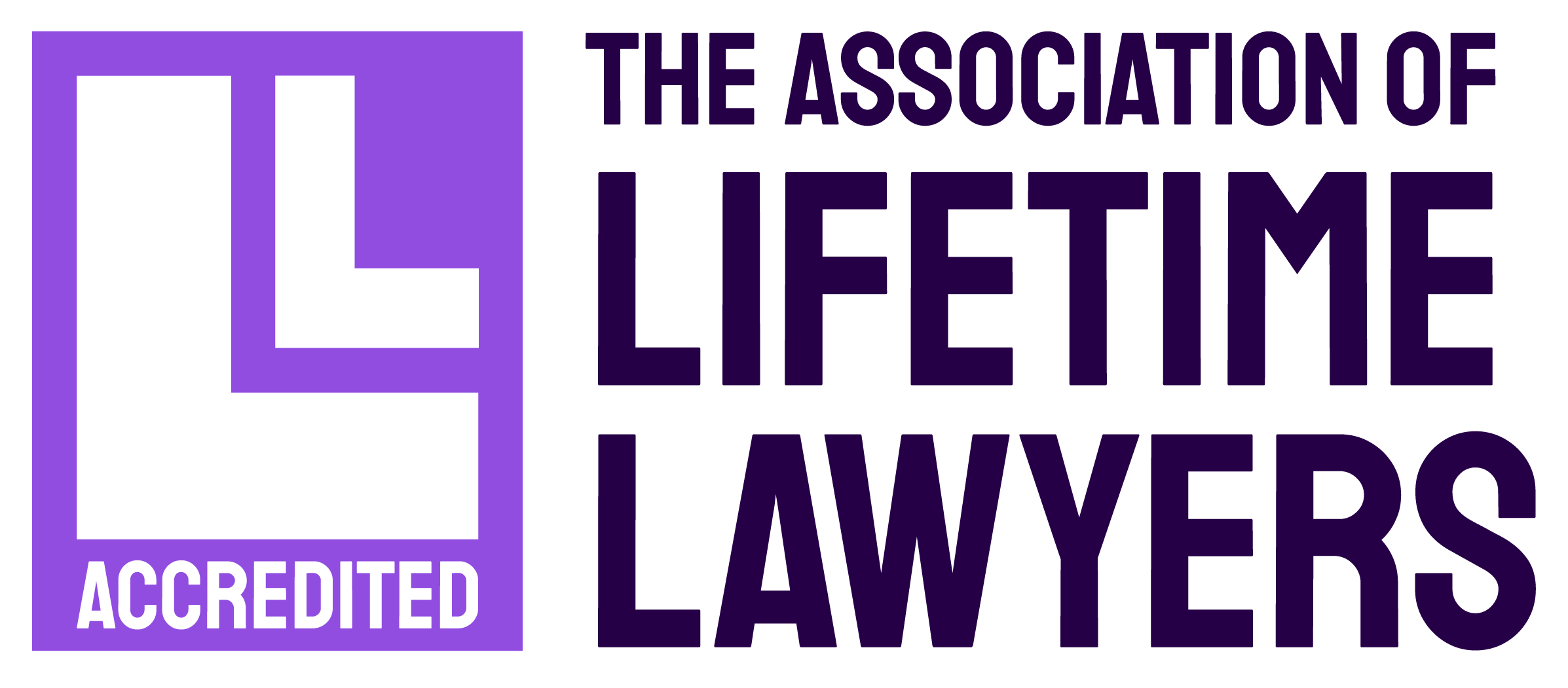Navigating the 3% Stamp Duty Land Tax surcharge
In his 2015 Autumn Budget speech, then Chancellor George Osborne announced a new 3% surcharge on the Stamp Duty Land Tax (SDLT) payable on additional properties – for example, those purchased as holiday homes or buy-to-let properties. The changes, which passed into law in the Finance Act 2016, have added a layer of complexity – and not insignificant extra costs – to property purchases for many of our clients.
When does the surcharge apply?
However, if you own a main residence and are looking to replace this residence with another property, this will not incur the surcharge as you will not end up with an additional property at the end of the transaction (i.e. you will sell or gift your previous home). Surprisingly, this is even the case where you already own a second property – as long as you’re replacing your main residence, the surcharge will not apply.
It gets complicated…
To make things even more complex, however, the original rules stipulated that properties consisting of multiple dwellings (e.g. houses incorporating so-called ‘granny annexes’ or cottages within their grounds) would incur the 3% surcharge. Many people thought this was unfair because the surcharge would apply even if the property was to be your main and only residence (because it would be counted as purchasing two properties within the same transaction). It also posed the thorny question of what exactly constituted a separate dwelling.
In September 2016, the government made amendments to the Finance Act 2016 that meant that the surcharge would not apply if the following rules were satisfied:
• The ‘main’ dwelling must have a value of at least two-thirds of the overall purchase price.
• The ‘subsidiary’ dwelling must be either in the same building as or in the grounds of the main dwelling.
Even so, the varied nature of property means that it isn’t always evident whether or not the above criteria are satisfied – and that’s where an experienced solicitor can prove extremely useful.
Multiple dwellings relief
In the right circumstances, however, there is a way to significantly reduce the SDLT payable on the purchase of two or more dwellings: multiple dwellings relief (MDR). This enables the SDLT payable on these types of transaction to be calculated according to the average price of the individual dwellings, rather than according to the entire purchase price – this then allows multiple use of lower SDLT rates.
MDR means that the SDLT due on three properties worth, for example, an average of £1.5 million would be calculated on three properties worth an average £500,000 each, with the resulting amount then multiplied by three to produce the final sum. In this particular case, MDR would save the purchaser £48,750 (although they would then have to factor in the surcharge).
And, while it is now true that in many cases that the benefits of MDR will most probably be swallowed up by the 3% surcharge payable on the second and subsequent properties, this isn’t always the case. For example, if you purchase a property with multiple dwellings, but it satisfies the rules explained in the previous paragraph, you may be able to claim multiple dwellings relief without incurring the surcharge.






















